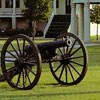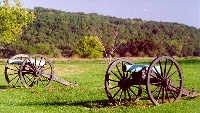
In the 1840s, there were essentially four different types of artillery and four different classifications. The types were guns, howitzers, mortars, and columbiads. The classifications were seacoast, siege and garrison, field, and mountain. A short definition of each follows:
The types of weapons at Fort Scott were field guns, and were 6 pound smoothbores. There are currently two of these weapons at Fort Scott National Historic Site. There is also a 12 pound mountain howitzer. There is no evidence of a mountain howitzer ever being used at Fort Scott, but the dragoons would have taken a mountain piece with them when on summer campaign. During the 1844 campaign to the Pawnee villages, the dragoons had mountain howitzers with them. After a demonstration of their firepower, the Pawnee agreed to cease their attacks on the Sioux and to leave the emigrant traffic to Oregon alone.
Following are the various parts of the field piece.
The Gun
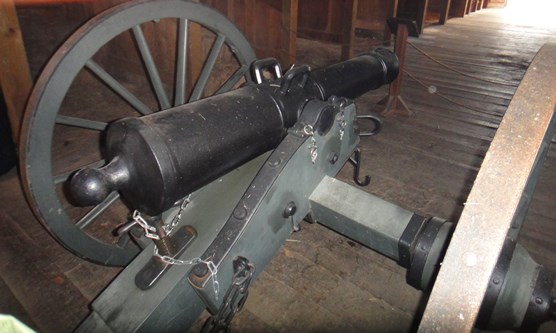
The Carriage
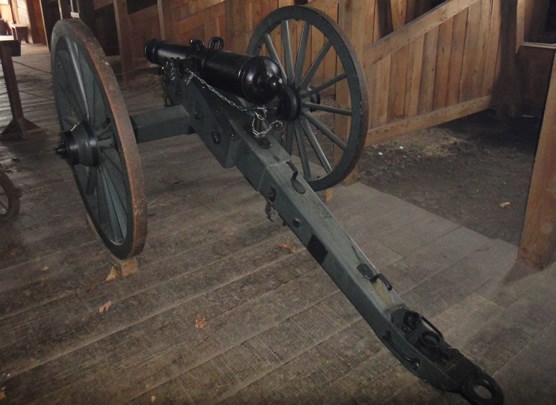
The Limber
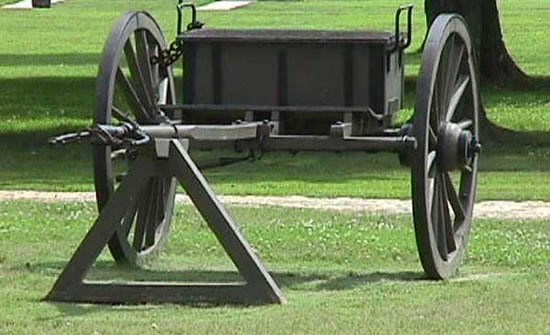
The information for this section was taken from an anonymous article in Fort Scott's files and from Cannons: An Introduction to Civil War Artillery by Dean Thomas, Thomas Publications (used by permission).
|
Last updated: July 30, 2016


